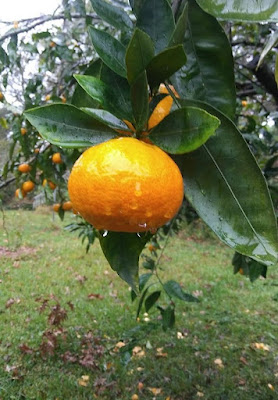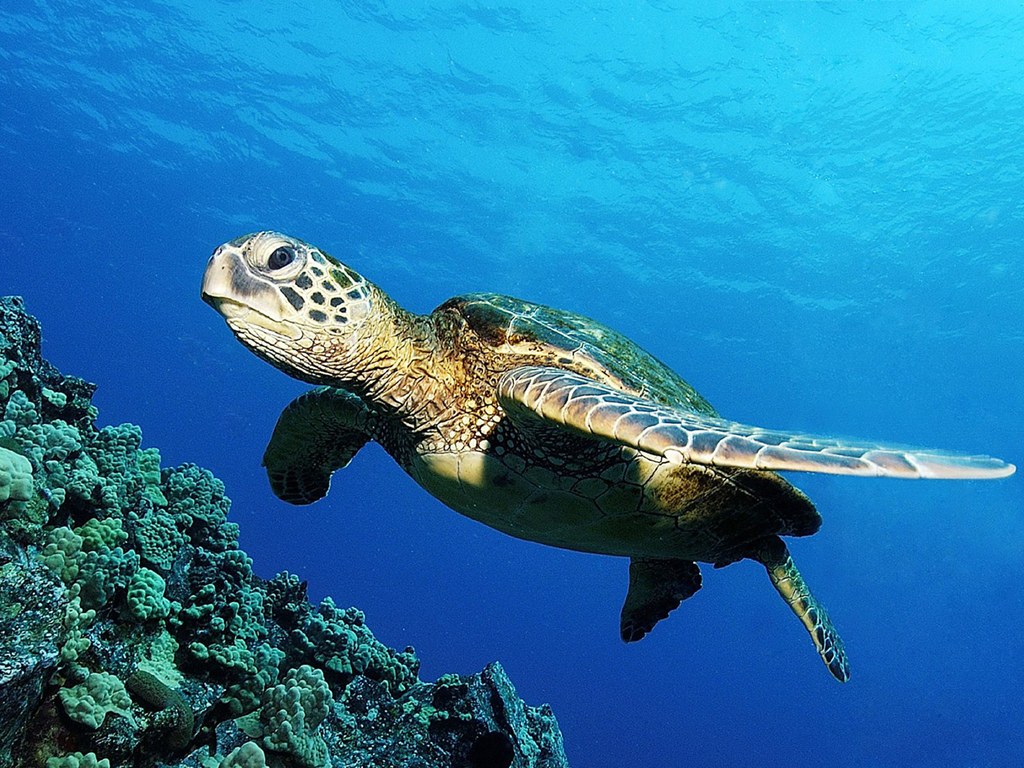You may read previous posting (Part 1):
- Bee Swarm Removing Cost – Part 1 - Gardening and Hobby 23
Moreover, we need to remove the bee swarms to prevent further damages of our house.
How much the cost to remove bee swarms from properties?
Depend very much on where the bees infested whether on:
- the trees
- outside houses.
- indoor
- hose walls or ceilings
The cost varies from US$ 45 to US$ 1,500. The different is quite extreme, but average is about US$ 175.
Yes, there are several organizations that could help to remove the bees, one of them is university agriculture center.
Unfortunately, the center has a lot of work in the moment, so it will take longer time to help us.
Just to let you know that there are 20,000 species of bees in the world. Some important species are:
- Apis andreniformis
- Apis cerana
- Apis dorsata
- Apis florea
Have you ever faced with swarm of bees?
Have bee swarms infested your properties?
# Previous postings:
- Daycare Center for Pet in Our City
- Do You Like to Insert Microchip in Your Brain?
- Over Crowded Tourists on Crucial Objects
- What is Inside Stupa of the Buddha Temple of Borobudur?






























